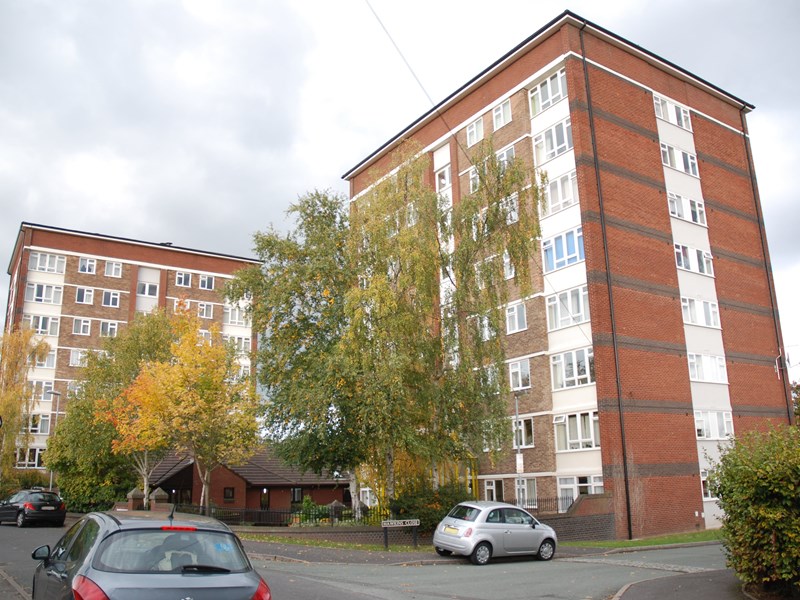Adapted training regime for Staffordshire’s firefighters continues following Grenfell

The way Staffordshire’s firefighters are being trained to deal with fires in high rise buildings is rapidly changing following the findings of an enquiry into the Grenfell Town fire.
Fire and rescue services across the country – including ours – have, at the beginning of the year, been instructed to evaluate training practices to identify any lessons that can be learnt and implemented from the fatal blaze in 2017.
In addition to the Community Sprinkler Project for Stoke-on-Trent and Staffordshire and the review of high rise residential buildings across the country, Staffordshire Fire and Rescue Service has also introduced a change to the way fire crews are prepared for dealing with such incidents by the introduction of two comprehensive training packages – a refresher course and a tactical ventilation course.
We are incorporating changes to both our classroom based and field based training exercises to ensure that we’re in a position to keep people in those buildings safe should the worst happen.
The refresher course will see a maximum of eight students learning a variety of techniques in how best to deal with the dangers and challenges of fighting fires in high rise buildings – using real life case studies as a learning tool moving forward.
The tactical ventilation course will use a mixture of immersive, theoretical and practical study to further strengthen our officers’ knowledge of ventilating efficiently without the use of positive pressure ventilation.
Staffordshire Fire and Rescue’s Director of Response Glynn Luznyj said: “It’s vitally important that we change the way we look at protecting those who live in high rise buildings following Grenfell.
“These adaptations are helping our crews be as prepared as they can be when faced with a fire in our county’s tallest buildings – as well as educating those in charge of the maintenance of these buildings.
“We are incorporating changes to both our classroom based and field based training exercises to ensure that we’re in a position to keep people in those buildings safe should the worst happen.
“Firefighting in high-rise buildings can be extremely dangerous & therefore controlled exposure to the potential risks, hazards & policies through structured training will be of benefit. This will hopefully lower the risk to our firefighters at these types of incidents.”
Published:
